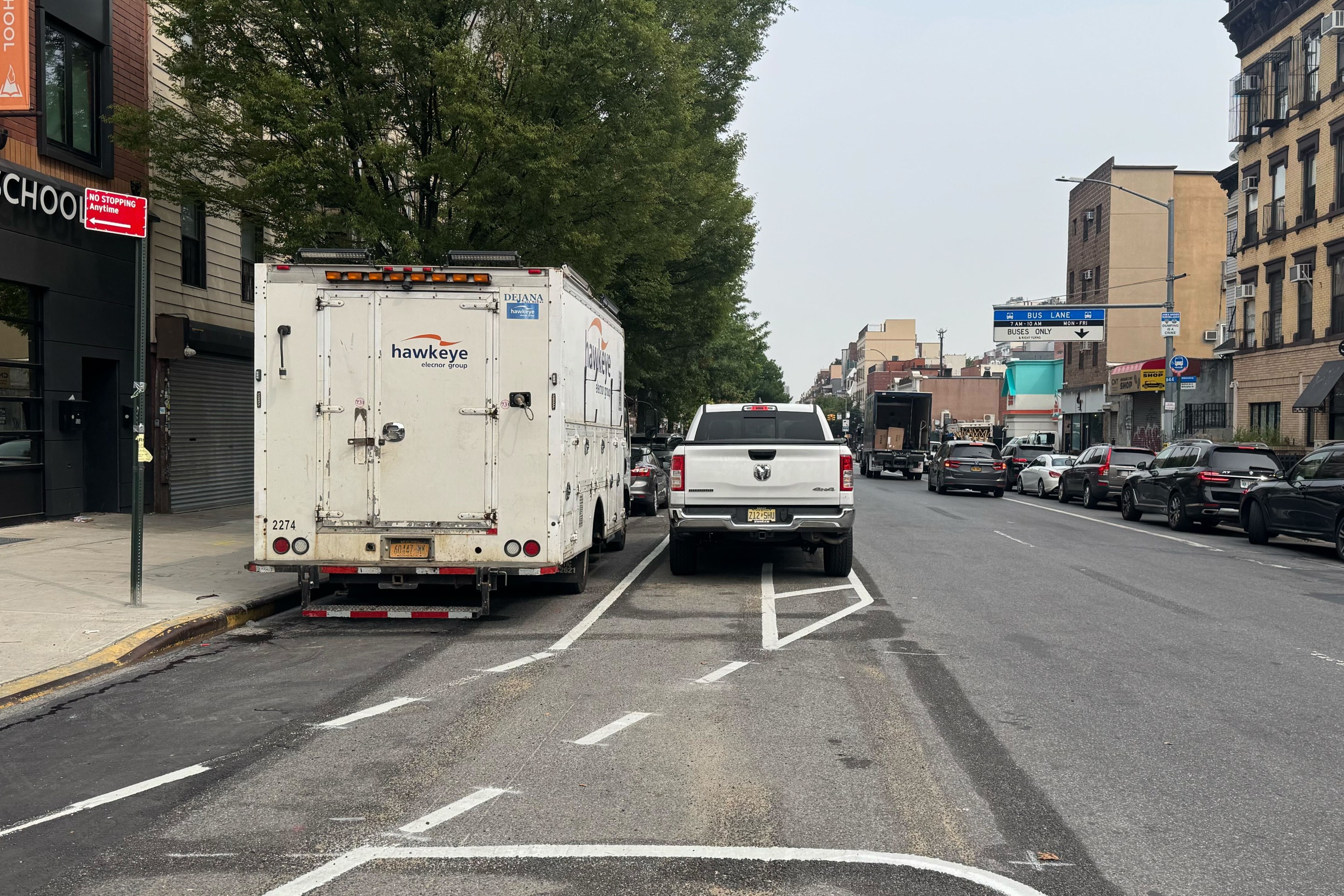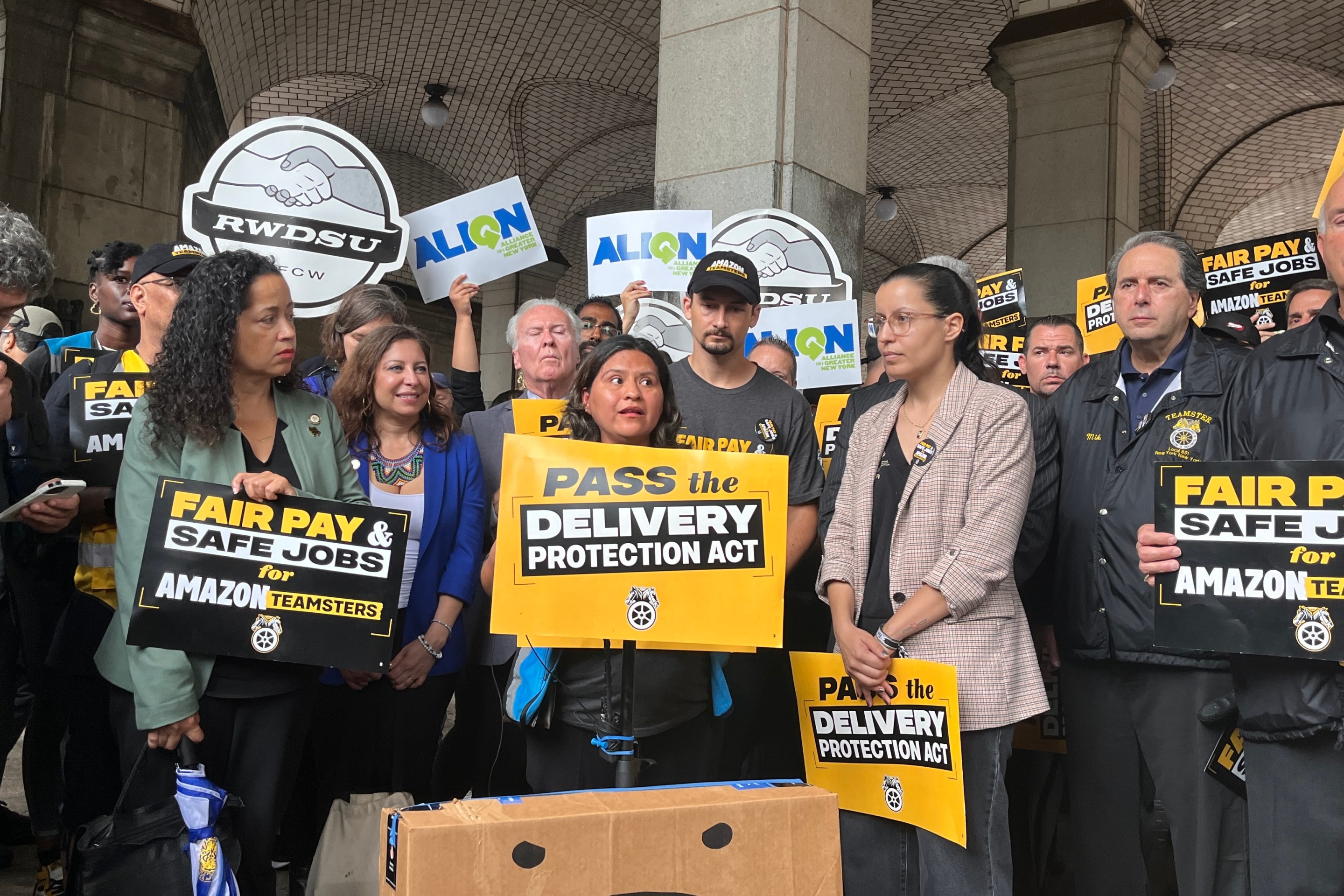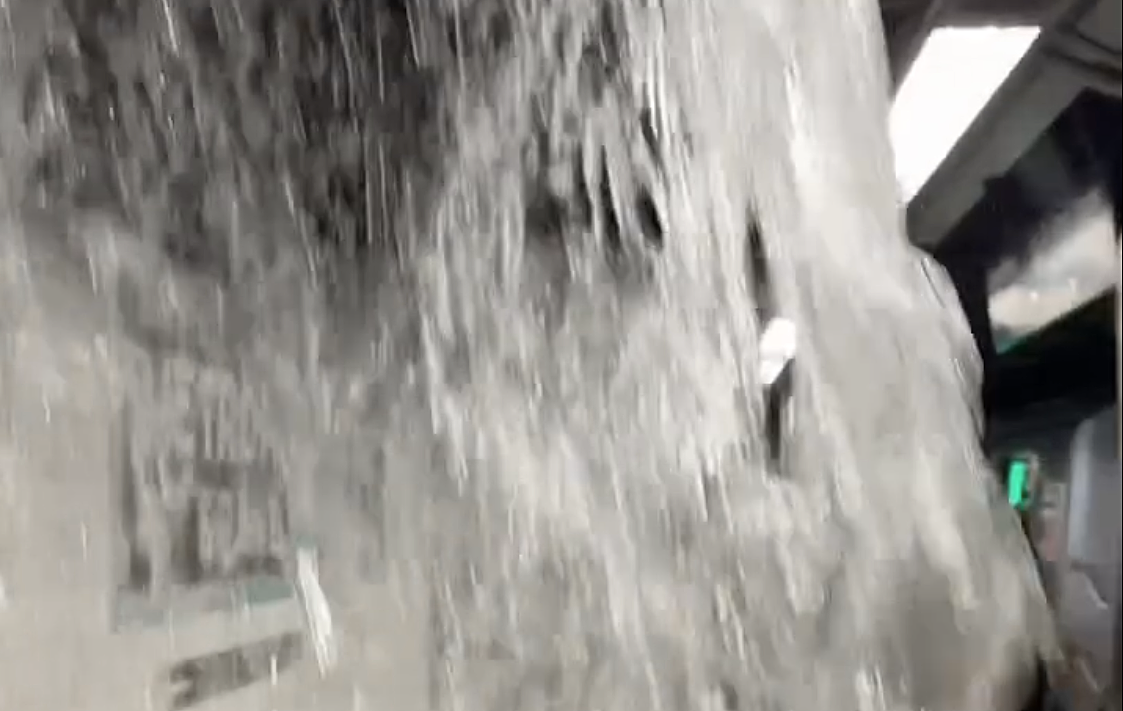
Charles Marohn at Strong Towns has posted a pretty epic analysis of 150-plus years of rail and highway expansion in the United States. The upshot of this historical overview: Marohn argues that raising more money for transportation using what he calls "slush funds" -- including the federal gas tax -- will only prolong the era of wasting huge sums on unnecessary roads and other public infrastructure.
Marohn goes back to the 19th century, when the transcontinental railroads were by financed primarily by private companies. American railroad companies typically recouped much of their capital investment through a process we would today call value capture. They were also developers and profited from the increased value of land as new towns sprung up by their stations. Government would come in afterward to provide additional public infrastructure and services.

When the interstate era came around in the mid-20th century, the financial dynamics flipped. Now, the government was responsible for the capital outlay, and the risk was socialized. Rather than being financed by capturing the value unlocked by infrastructure investment, highways were funded by enormous pools of gas tax revenue and other money with no connection to the value of real pieces of infrastructure. Expansion was governed by the political process, not a business process.
As a result, Marohn writes, the transportation system has become drastically overbuilt:
What happened when the private railroad companies overbuilt their system? What happened when they got out in front of market and had too much supply without enough demand? They, of course, got the painful feedback of losing money and watching their assets drop in value. Sometimes entire companies went out of business.
What happens when the government, operating in the automobile era, overbuilds? What happens when we create so much supply, so many miles of roadway, that demand can’t possibly utilize it effectively? Well, the feedback isn’t quite so direct. Budgets start to be frayed. Obligations go unfulfilled. There isn’t enough return on these government investments and so there ultimately isn’t enough money to care for them. These things can be attributed to many causes, of course, most of which appeal to our psyche more than the idea that we’ve overbuilt.
In fact, with public sector investment now leading private sector investment, we can actually forestall the painful feedback (recession/depression) by -- wait for it -- making more government investments. Yes, our core transportation funding problem is that we’ve built more transportation infrastructure than we can effectively utilize. Our solution, bizarrely, is to build more.
So long as the government has the money to avoid the hardest decisions, any uncomfortable response – land use changes, shifting from automobile trips to walking or biking or modifications to the tax code, to name just three – will remain off the table, or at least relegated to the fringe. More money doesn’t solve our problems. It just forestalls the pain of transition, compounding the imbalances in the process.
Marohn's argument goes against the grain of most national advocacy for transit, walking, and biking -- which have tended to receive more dedicated funding when money is plentiful. But if you care about creating walkable places and eliminating massive subsidies for sprawl, you have to grapple with the issues he raises.
Elsewhere on the Network today: Rebuilding Place in the Urban Space explains one roundabout way that regulation encourages big box retailing. Bike Delaware makes the case for the national Bicycle and Pedestrian Safety Act. And The Transport Politic compares bus and rail ridership growth in cities around the country.





